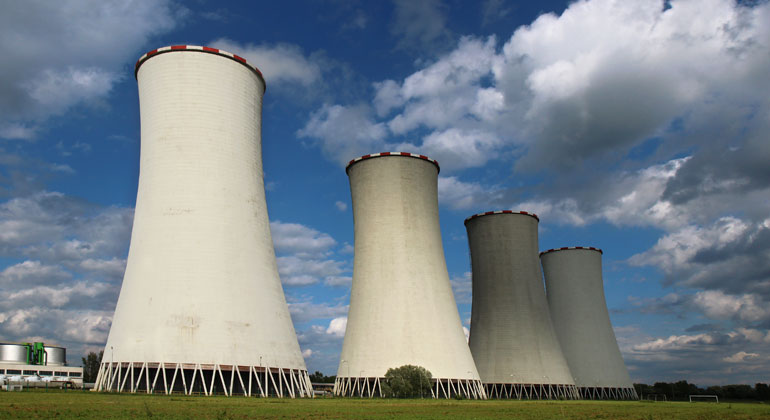Over 1 trillion rmb could be wasted on redundant coal power in China – Greenpeace report
Despite government attempts to reign in China’s coal power overcapacity crisis, Greenpeace research finds that a total of over 1 trillion rmb could be wasted on excess capacity by 2020.
Despite a new overcapacity policy, China still has enough coal-fired projects in the pipeline to keep adding one coal-fired power plant per week until 2020, potentially resulting in a total of 400,000MW of excess capacity. The overcapacity crisis will slow down China’s energy transition, making it harder for renewables to be fully utilised and have a large environmental impact. Greenpeace calls on the Chinese government to urgently extend its ban on new permits and begin to cancel projects on a selective basis.
“China’s worsening coal overcapacity crisis is acting as a dead weight on the country’s ongoing energy transition,” said Greenpeace coal campaigner Lauri Myllyvirta.
Reports emerged on Monday that China’s upcoming energy five-year plan could suspend permits to all new coal power plant projects.[1] This would be an important step that could avoid up to 110,000MW of overcapacity and 300 billion yuan of wasted capital.
“The government needs to move ahead urgently on a ban on all new permits,” said Lauri Myllyvirta. “However, the vast number of projects which recently entered construction would be left untouched. It is necessary to begin cancelling projects and dramatically accelerate plant retirements.”
In April 2016 energy planners introduced new regulations to curb the growth in capacity and retire old power plants. Greenpeace mapping shows that in the two months after the policy was introduced, new coal power plants projects started construction at a pace of two per week, in ten different provinces. The officially designated ‘coal power bases’ in Sha’anxi and Inner Mongolia saw a particularly large increase in environmental permit applications this May, totalling over 9,000MW of capacity. Due to exemptions in the new regulations for coal power plants built in western provinces for exporting power to demand centres in the east, power companies in Sha’anxi and Inner Mongolia could proceed with the projects unless the policy is strengthened.
Driven by unprecedented growth in clean power generation and slowed power demand growth, demand for coal power fell by 4% in the first five months of 2016. At current rates, China can comfortably cover all increases in electricity demand from renewable and non-fossil energy, making all new coal-fired capacity redundant.
Massive overinvestment in coal-fired power is a wasted opportunity to deploy clean energy even faster. It is also exacerbating the problem of ‘wasted’ wind and solar power, as grid operators fail to prioritize renewable energy sources over coal. Furthermore, new coal power projects are heavily concentrated in the most water-scarce areas of China, where water consumption already exceeds renewable supply, such as the ‘coal power bases’ in Sha’anxi and Inner Mongolia.
Greenpeace calls on the government to immediately halt permitting and new construction of coal-fired power plants in all provinces, cancel all projects that began construction in provinces with overcapacity in 2015 and further accelerate the retirement of existing power plants.
- Read the full report here
- China poised to ban new coal-fired power stations








